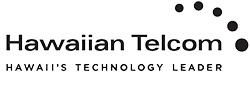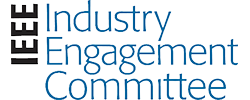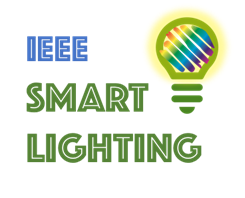Registration is now open! Register here!
Quick Glance Conference Registration Fees:
- IEEE Member Fee: $59 (Virtual)
- IEEE Life Member Fee: $39
- IEEE Student Member Fee: $39
- Non Member Fee: $69
- Student Non Member Fee: $49
IEEE ComFutures will be a virtual event.













